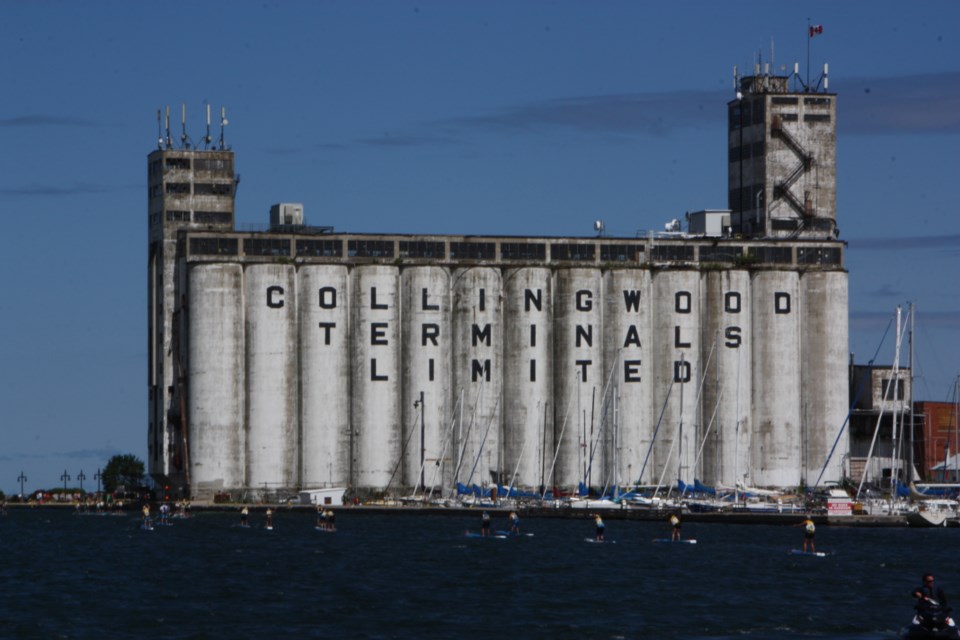It’s no trick, this Halloween day, Collingwood council will be spending likely the whole day at the Collingwood Legion for a strategic initiatives standing committee meeting and an agenda jam-packed with high-profile issues.
For starters, the committee will be tackling the matter of Collingwood’s grain terminals building. The agenda includes a deputation by the Terminals-Harbour Action Group, a letter from the Architecture Conservancy of Ontario in favour of saving the terminals, and a staff report and draft white paper addressing next steps for the 90-year old concrete structure.
Staff is recommending council begin a public consultation process on the future of the terminal building by circulating a “white paper” on the subject.
The draft white paper includes a list of seven potential “physical ends” for the terminals' structure ranging from preservation of the exterior to renovation to include commercial space, to demolition.
However, the options to renovate the building are contingent on other sources of funding, including private/public partnerships.
“In the absence of this process determining other funded physical end states and uses, it is assumed that [demolition] will be the path remaining open to council,” states the draft white paper.
The current financial information available from the town suggests it will cost about $8 million to demolish and remove the building. The Oct. 31 report and white paper state it will cost about $10 million to preserve the roof and facade of the building, and that does not include any renovation to the interior of the space.
Staff have estimated it will take about $3 million to raise the access road for four-season use and bring utilities to the site.
“In the town’s current fiscal situation, these investments would be very challenging,” states the report.
And yet, the report suggests, demolishing the terminals would also mean losing a portion of the town’s cultural history and identity.
The white paper includes some “knowns” about the terminals building, including a concern about extra damage this winter.
“Lake level is currently above the ground floor of the terminals … requiring ongoing pumping and, if continued into winter, could put the structure at risk of damage from ice,” reads the report.
The current revenue to the town from the site includes about $15,000 from the Yacht Club – a lease in place until 2048 – and about $37,042 from six service providers using the terminals for telecommunication equipment.
Maintenance and utility costs for the terminals amounts to about $46,000 annually. Once staff time is allocated, the annual costs are closer to $100,000, according to the report.
Currently, there are also some unknowns for the site, including the condition of the underwater piles; challenges to installing hydro, water, and sewer services to the site; the results of public engagement on the use of $18 million from the sale of the airport and electric utility; and requirements related to the impact of any changes to water and fisheries.
While the white paper makes no specific recommendations on what the future should hold for the terminals, it sets out objectives from town policy.
Whatever the decision, it must be fiscally responsible, provide public access to the waterfront, retain green space, and a use appropriate for a municipality (ie public service, not commercial operation).
Ideally, states the report, the plan must retain the visual facade of the terminals, be in line with Collingwoods ‘aesthetic’ and the decision would be made this term of council.
The Oct. 31 strategic initiatives committee meeting starts at 9 a.m. at the Collingwood Legion and is open to the public. To read the draft white paper and staff report, click here.


